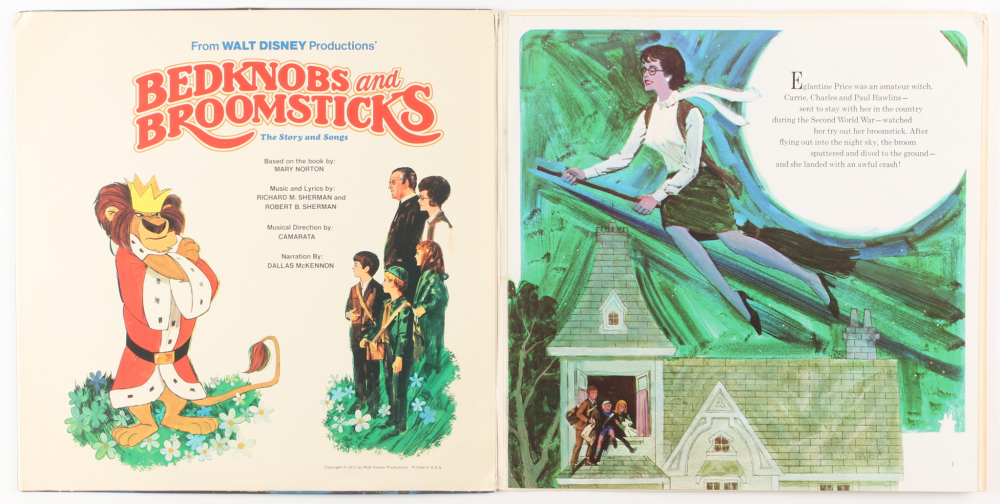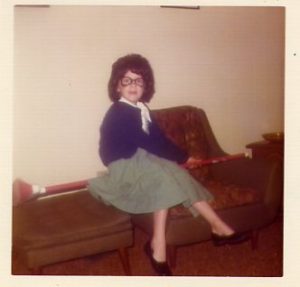movies
Finding Nemo’s Story Structure
It turns out, last Sunday’s sermon movie was Finding Nemo (they sent out the newsletter late), and that’s a good summer movie because it’s about the ocean, which makes you think of the beach (although I’m not really a beach person).
This is another one of the Pixar adult perspective movies, since it’s mostly about a father and his relationship with his son, though it also has a parallel plotline about the son on his own. Like most Pixar movies, it’s very well-structured, with internal and external goals and lots of internal and external conflict.
At the beginning of the movie, Marlin’s personal goal was to maintain the status quo and keep his son safe. But since the status quo doesn’t make an interesting goal, he has an underlying need to let go so that his son can grow and be strong. Meanwhile, his son’s personal goal at the beginning is independence. He wants to be able to explore, meet new people (fish) and see new things without his father hovering over his every move. These two goals are in direct opposition, and that’s what sets off the story, when Nemo goes a bit too far away to prove his independence and gets scooped up by a diver. Now Marlin has to give up his safety and security to go find his son, while Nemo gets more independence than he ever wanted when he’s on his own in an aquarium full of strangers, and he has to figure out how to escape. There’s so much conflict there between personal goals and story goals and the characters’ clashing agendas that the movie doesn’t really need a villain. The dentist who takes Nemo and his niece are as close as we come, but they mostly just provide the ticking clock. They aren’t evil. The dentist thought he was saving Nemo, since he was a young fish with a bad fin who was far from his normal habitat. His niece doesn’t seem to be evil, just a bit clueless about caring for animals, which is the fault of the adults around her.
Last week I was reading a book on story structure, and this movie provided an interesting illustration. Per this book, in the first half of the story, the hero is trying to do things the easy way, then in the middle of the story events force him to start doing things the hard way. But in this movie, things are hard for Marlin in the first half. He runs up against sharks, nearly loses the goggles, gets chased by the anglerfish and then has to get through the jellyfish. In the second half, he catches a ride on the current with the turtles, gets a ride with the whale to Sydney, then gets a lift from the pelican, so things get easier. Except the “easy” and “hard” here aren’t what’s objectively easier and harder. It’s what’s easy and hard for the character. Maybe a better way to phrase it would be inside the comfort zone, then outside the comfort zone. Marlin has a hard time in the first half because he’s doing things the way he usually does, seeing everyone and everything as a threat, freaking out and overreacting, and not trusting anyone, pushing away anyone who might be able to help. Dory’s his biggest potential asset, and he keeps trying to ditch her. But then in the second half he has to start accepting help and trusting. That makes his journey easier, but it’s so much harder for him to do. He struggles and is uncomfortable the whole time. He’s still freaking out and fights Dory every step of the way as she quickly trusts everyone they meet. Figuring that out gave me some insight into the plot I’m working on.
For my pastor’s sermon on this movie, he tied the “just keep swimming” thing to the verse about running with endurance the race that is set before us, with the reminder that we aren’t running/swimming alone and that even when we’re in a bad place, that’s not our ending. We just have to keep swimming to be able to move on, and we have to be willing to look for and see the help that’s provided to us. There’s also something in that verse about setting aside burdens, the things from the past that hold us back, like Marlin’s grief and guilt about not being able to protect his family, which was interfering with his relationship with his surviving son.
This is a really beautiful movie, both thematically and artistically. The way the sea is depicted is gorgeous, and the emotions the movie evokes are genuine, while there are still some good laughs. They do a good job of making something that’s kid-friendly that children can relate to while still making a movie that makes adults think.




